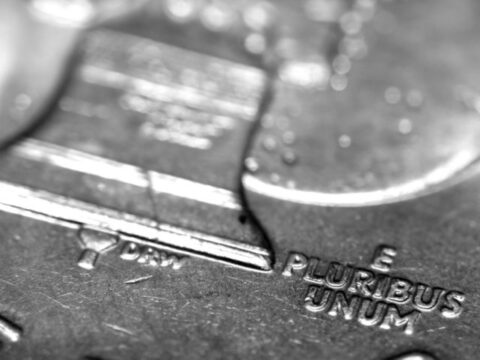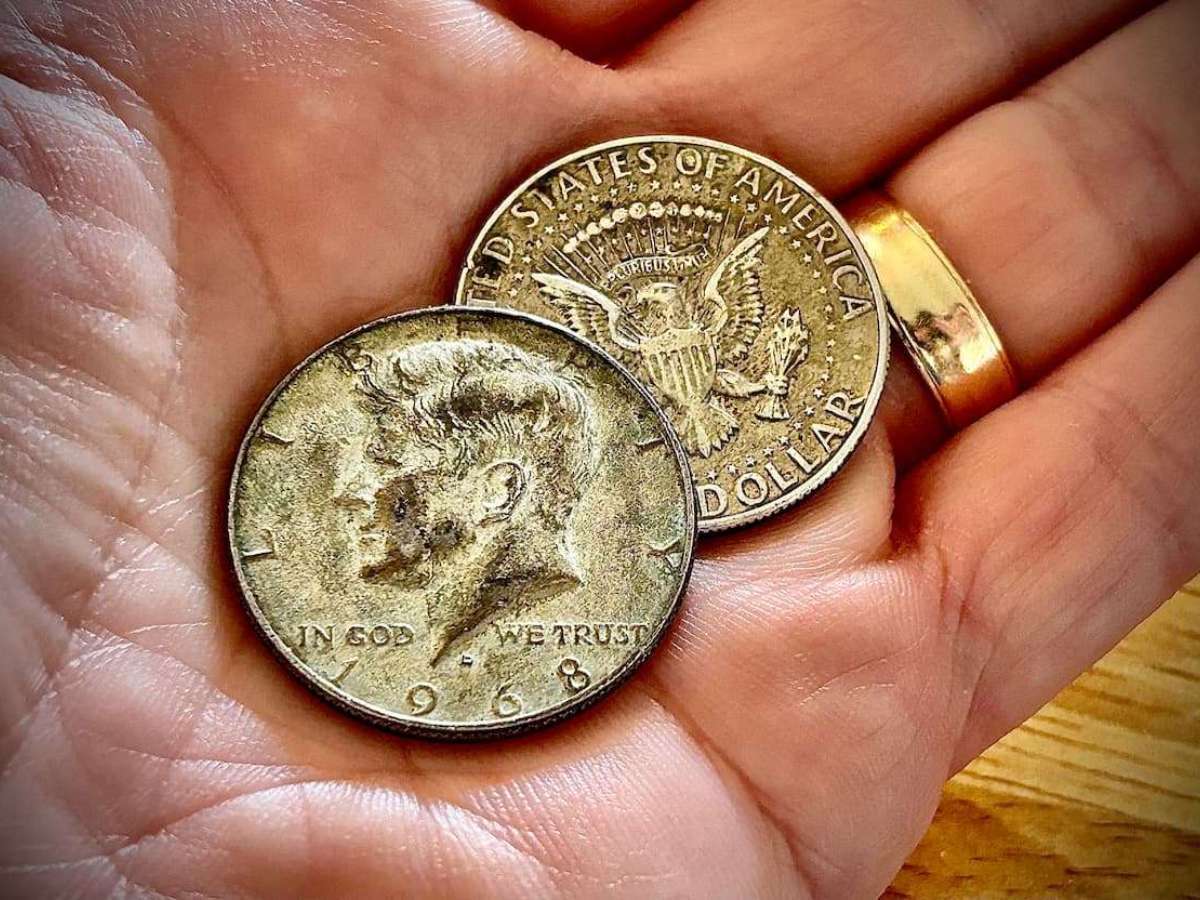Have you ever taken a look at your money?
I mean a really close look?
There are many hidden secrets on money just waiting to be found.
Of course, you have to know what you’re looking for… and a magnifying glass could help, too.
How To Tell Which U.S. Mint Made A Coin
There have been many different mints during the history of the United States. Presently, four mints strike United States coins:
- Philadelphia
- Denver
- San Francisco
- West Point, New York
You can determine what mint made the coins in your pocket simply by looking for its mintmark.
Since 1968, mintmarks have been appearing on the front (obverse) side of coins.
Most mintmark are found near the date or on the bottom or right side of today’s coins.
- A ‘P’ means your coin was made in Philadelphia
- ‘D’ coins were struck in Denver
- San Francisco strikes coins with an ‘S’
- ‘W’ coins came from West Point
What about coins without a mintmark?
They were made in Philadelphia — which hasn’t always placed mintmarks on its coins.
What About The Symbols On U.S. Paper Currency?
No doubt you’ve heard plenty about what all the symbols on paper currency mean.
Some, like the holographs on the new $100 bill, are simply anti-counterfeiting measures.
However, there are tons of other hidden secrets on paper money!
Take, for example, the $1 bill:
- The scale in the Treasury seal on the front of the $1 bill represents justice.
- The chevron in the seal has 13 stars, representing the 13 colonies.
- Both the circular designs on the back of the dollar bill represent both sides of the United States’ Great Seal.
- Many people believe the pyramid with the eye on top has something to do with the Masons. However, none of the people who provided the design for the Great Seal was a Mason. In fact, the Congress adopted the Great Seal 15 years before the Masons iconically began using the “all seeing eye.”
- The Roman numerals at the base of the pyramid translate to ‘1776.’
What Do The Olive Branch & Arrows Mean?
If you’ve looked closely enough at the bald eagle on our coins and in the Great Seal, you’ve likely noticed one claw is clutching a band of 13 arrows. In the other claw is an olive branch.
The arrows represent our nation’s ability to protect and defend Liberty in war when necessary.
The olive branch symbolized peace.
Together, the olive branch and arrows signify America’s willingness to fight for to uphold its virtues but ever-present goal to maintain and extend peace.
What Does ‘E Pluribus Unum’ Mean?
There’s one phrase on United States coins that many people can’t seem to figure out.
That’s E PLURIBUS UNUM.
What does it mean?
It’s Latin for ‘out of many, one.’
It refers to our nation’s 13 colonies (and now 50 states) joining together to form a Union.
6 Things Every U.S. Coin Must Have
These are the 6 inscriptions that United States law requires on every coin:
- ‘LIBERTY’
- ‘IN GOD WE TRUST’
- ‘E PLURIBUS UNUM’
- ‘UNITED STATES OF AMERICA’
- A date
- The denomination of the coin







